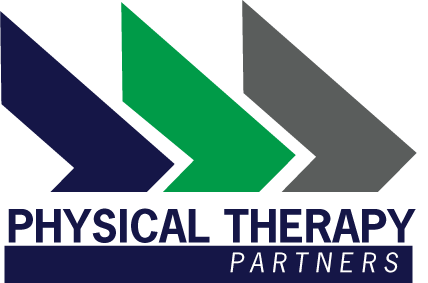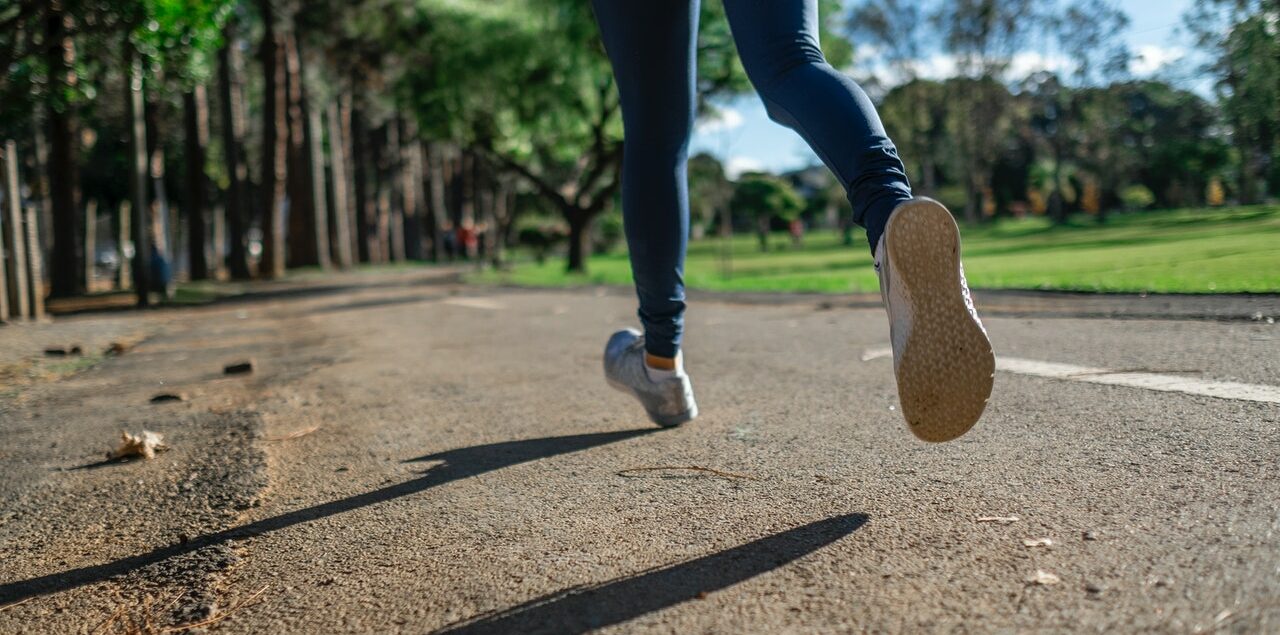Running Form: The Hidden Secret Behind Great Cardio
Whether you’re outside or on the treadmill, running is a great component of any workout. The combination of cardiovascular training and use of your legs is great for shedding calories, improving your overall performance, and releasing those wonderful workout endorphins.
But running isn’t as easy as putting on shoes and hitting the pavement. Skilled runners hone their form to extreme degrees to improve their longevity and reduce the likelihood of injuries.
Why Does Form Matter?
Running is a high-intensity activity that puts your muscles through repetitive motions. While it can be low-impact at first, specialized running (like sprints) or long distance running necessitate proper form. Improper form can not only reduce your stamina, but result in unpleasant injuries like shin splints, side stitches, and aches. At high-speeds or over great distances, improper form can also cause you to fall.
Note that running form is different for everyone because all bodies are built different. Like many aspects of running, you’ll figure out your individual form by listening to your body. With that said, there are some general tips below that can help beginners figure theirs out.
Lower Body
- Your foot should land directly under your body, not out in front. This ensures an even center of gravity to distribute weight over your feet equally.
- Try to avoid the “crossover gait” where your feet land on the other side of your body. This can strain muscles and tendons in your legs and ankles.
- A shorter, more frequent stride is preferable to longer, slower strides. This is especially true when running uphill.
- If you get serious about running, have your gait analyzed by a professional. Depending on the shape of your feet, you may be subject to “pronation” which affects how your feet land on the ground. Special shoes to correct this can seriously improve your performance.
Upper Body
- Your eyes should be looking directly ahead of you. This helps keep your head level and your neck straight, preventing pain in your neck and upper back.
- Your arms should swing at a 90-degree angle and remain on the sides of your body, not crossing in front of your chest. This prevents pulling muscles in your shoulders and upper back.
- Your hands should be relaxed and unclenched; imagine that you’re holding a potato chjp in them that you don’t want to drop, but also don’t want to break. Clenching them puts strain on muscles in your arms.
- Avoid hunching your shoulders; keep them level and relaxed.
Are you a serious or hobbyist runner? Physical therapy is a great way to relieve soreness from this high-stress activity, and can significantly improve your range of motion! To learn more about how physical therapy can help you go the distance, contact Physical Therapy Partners today.

